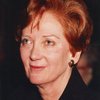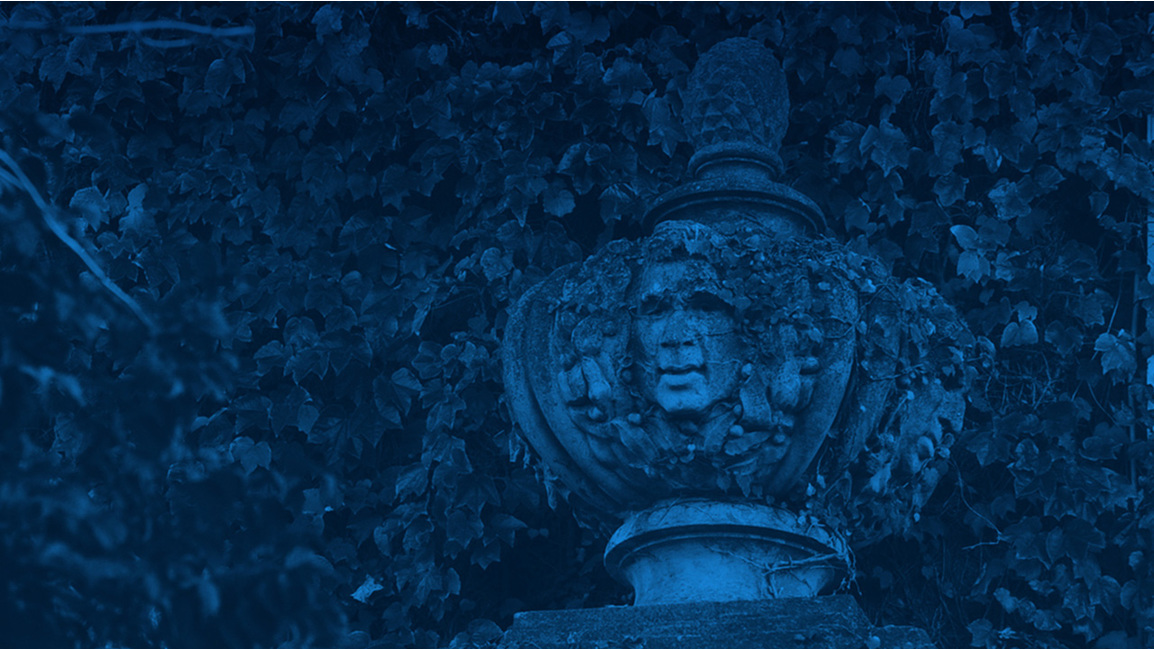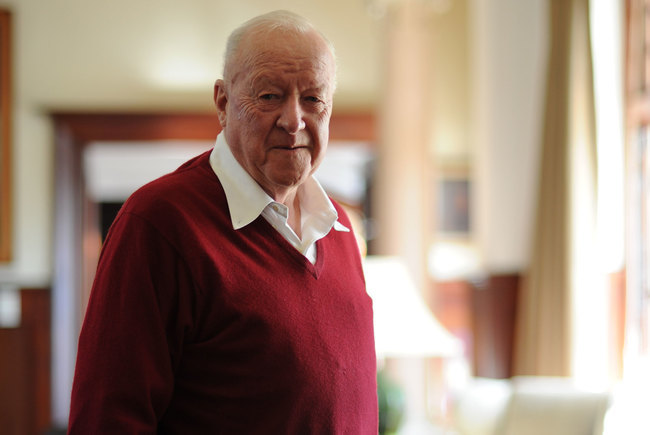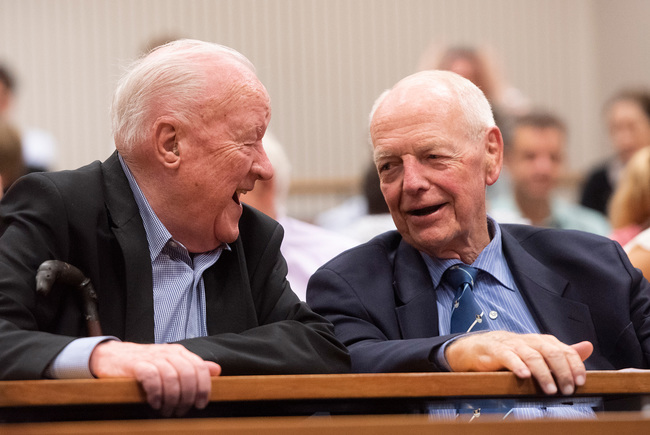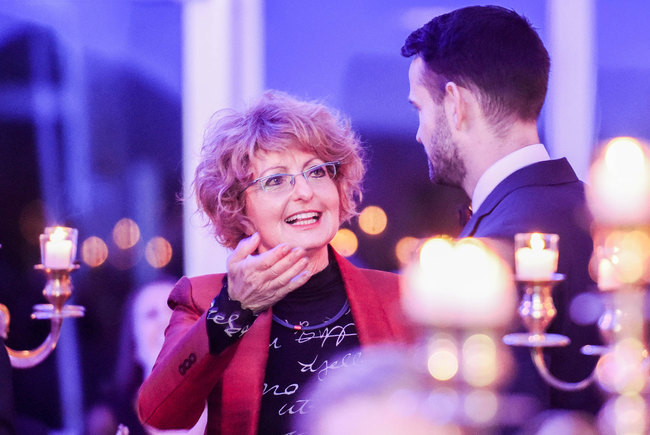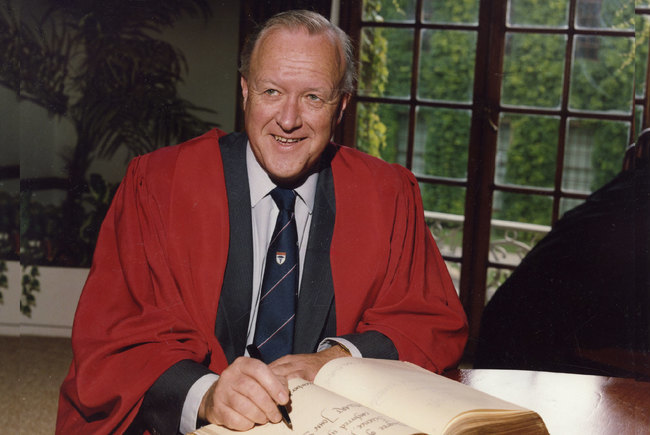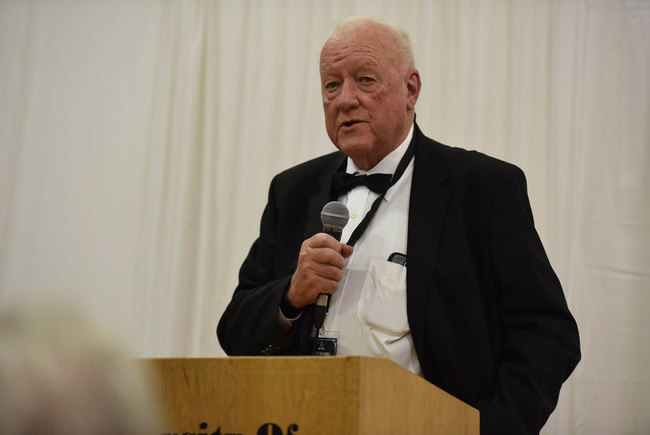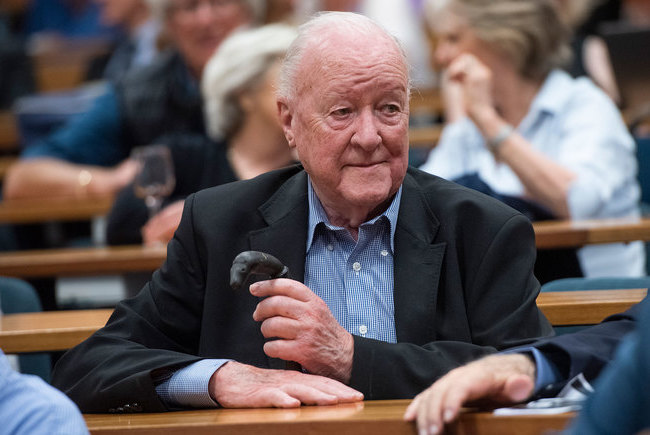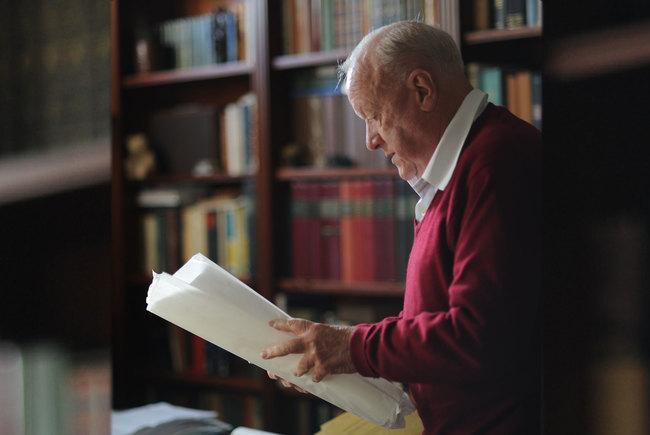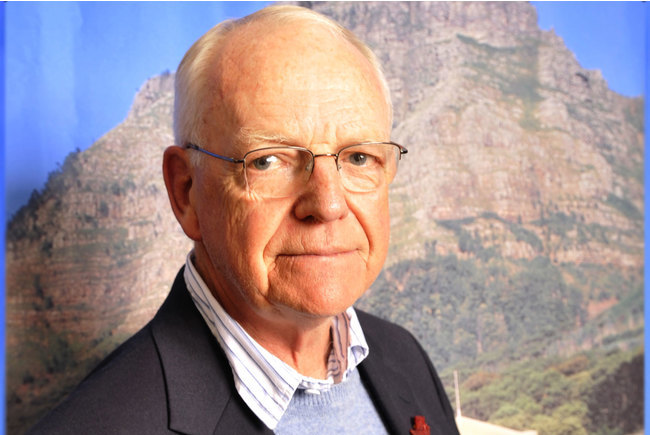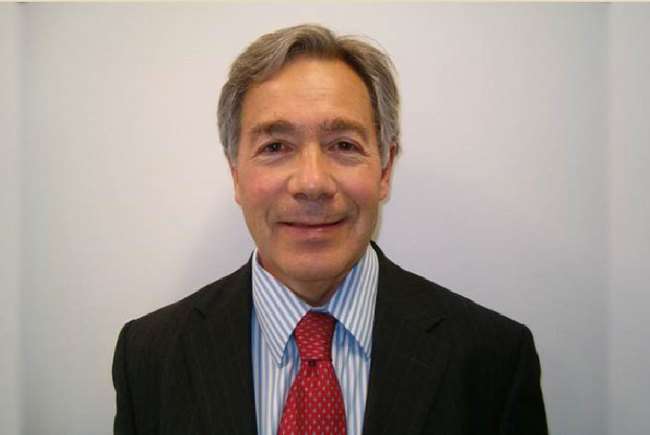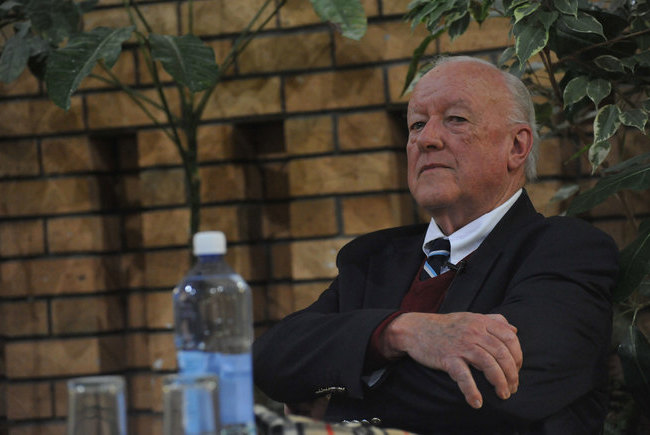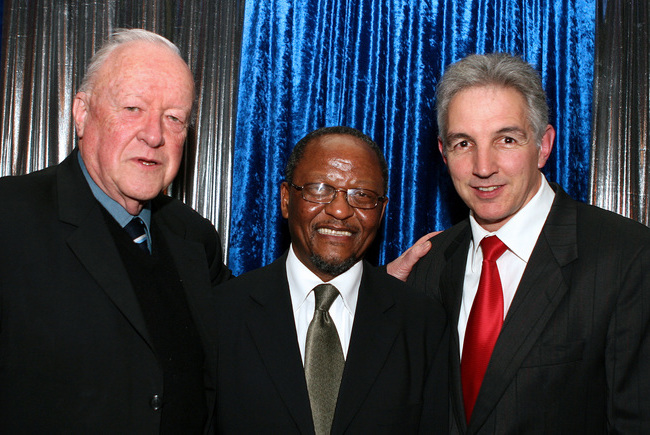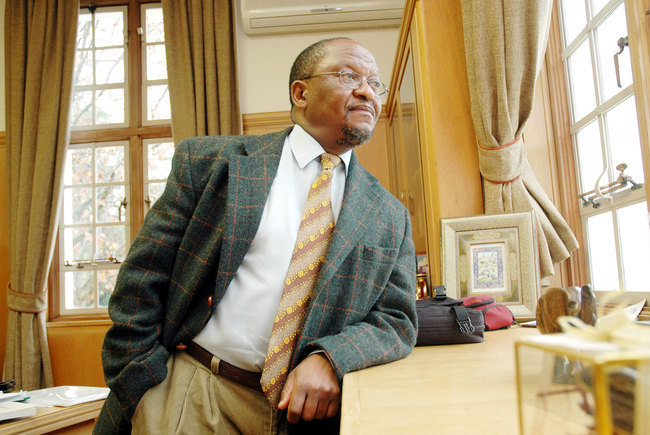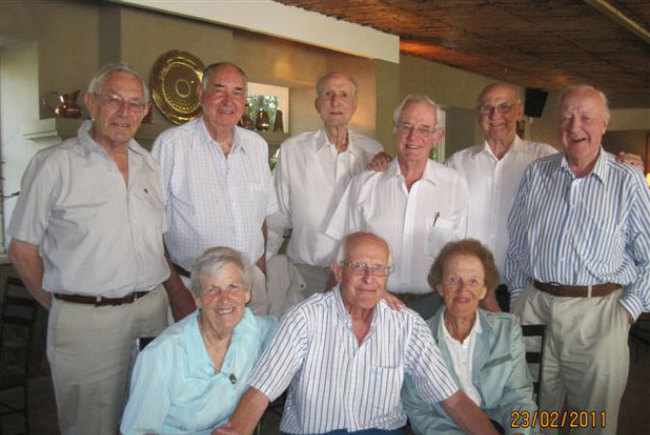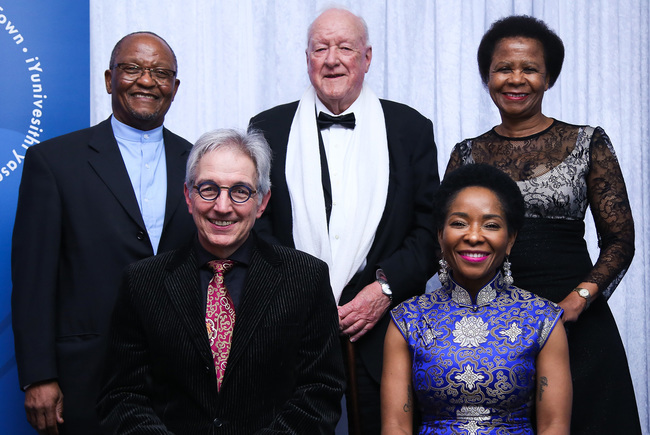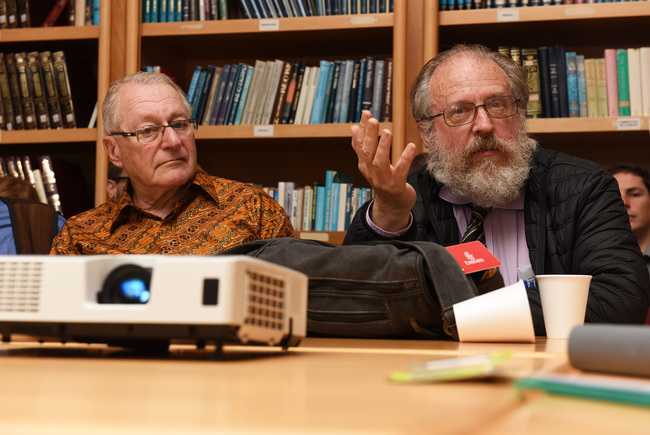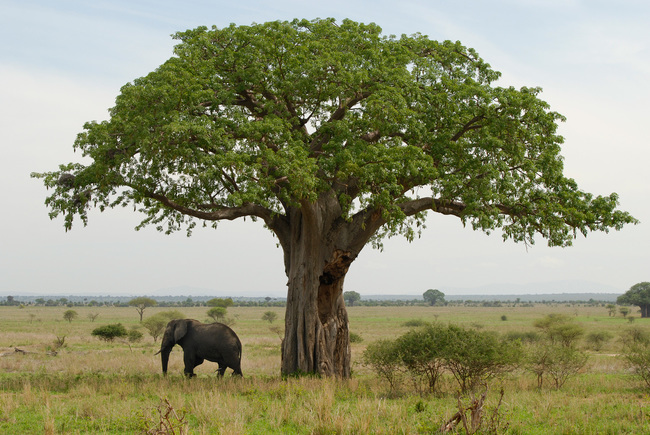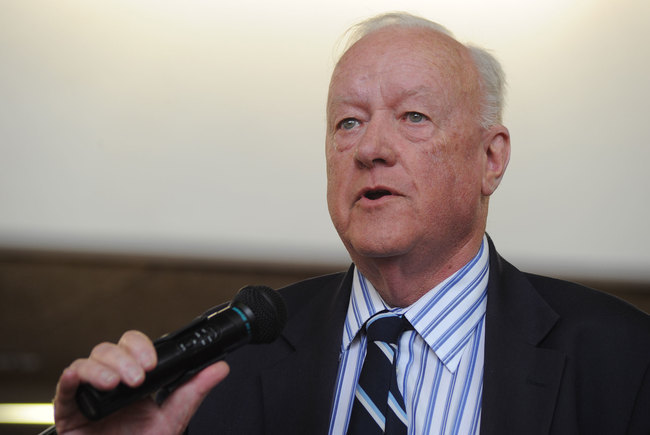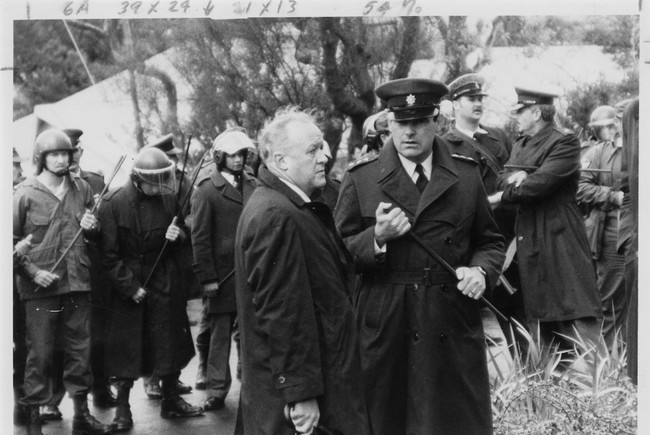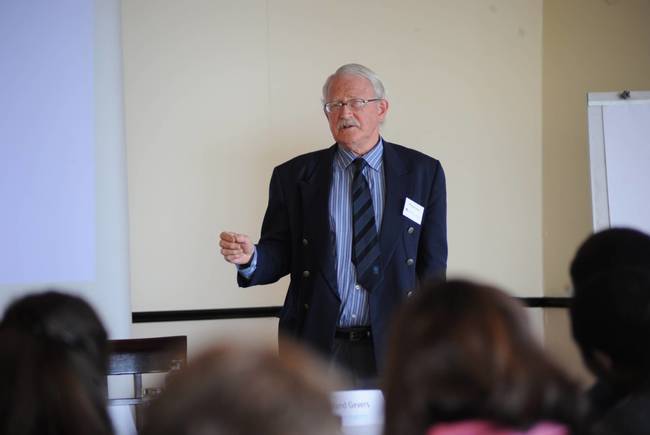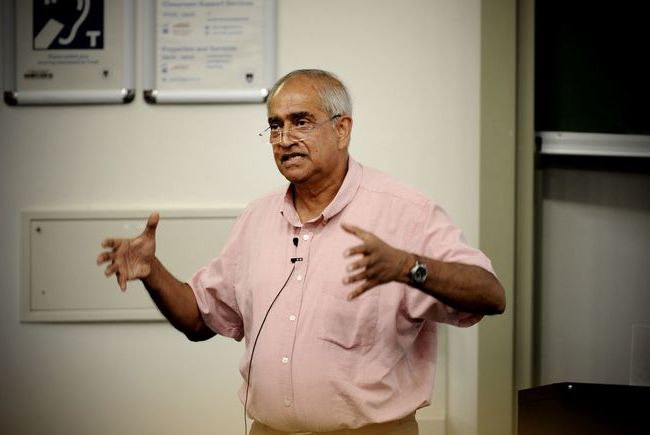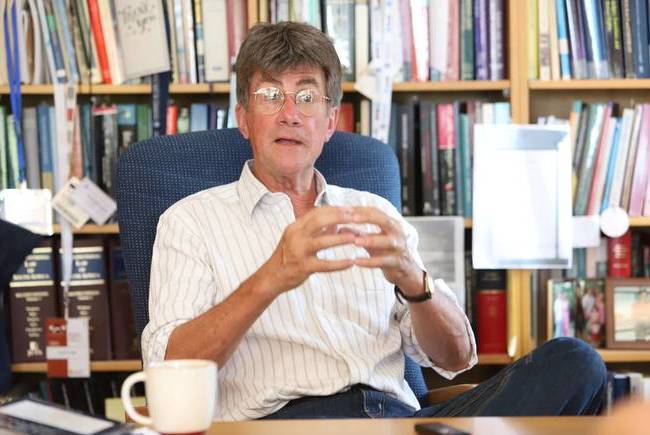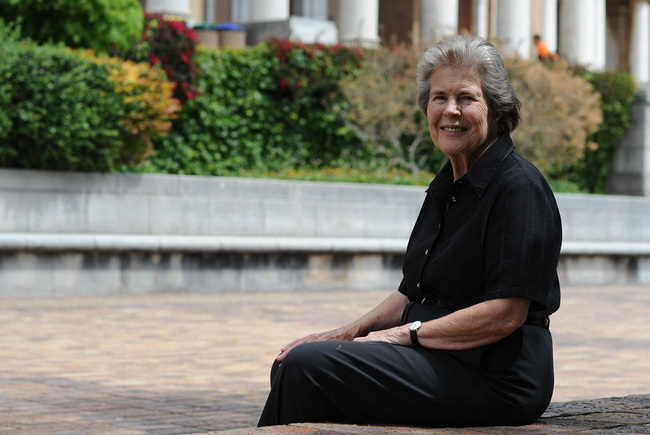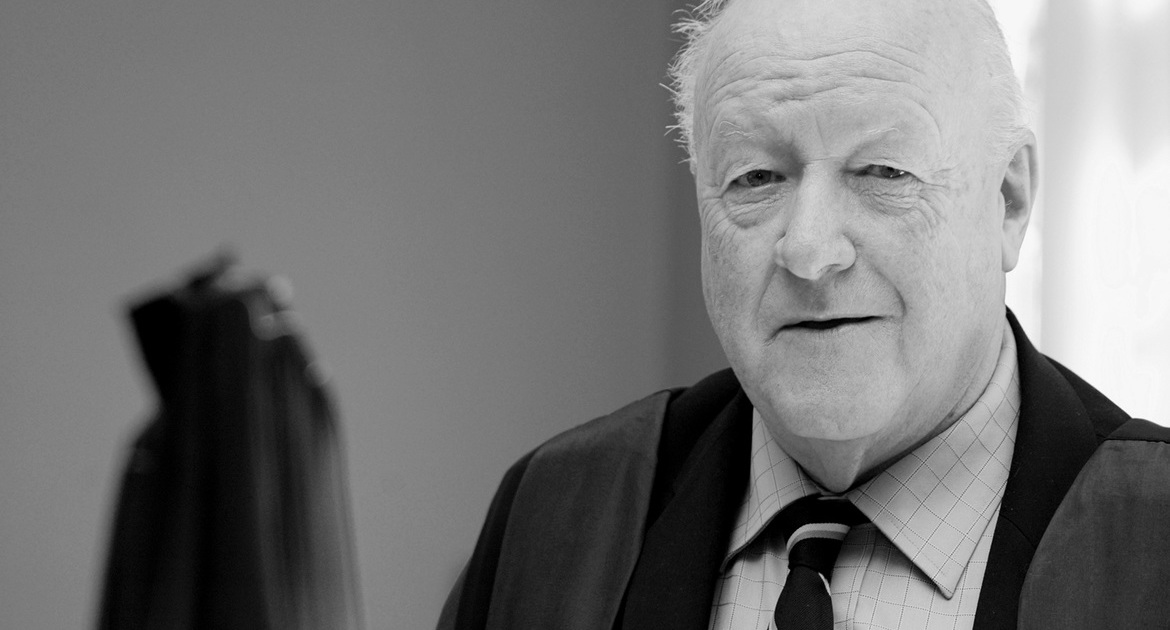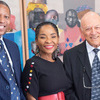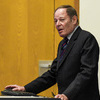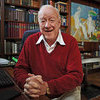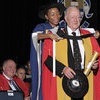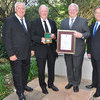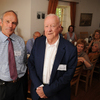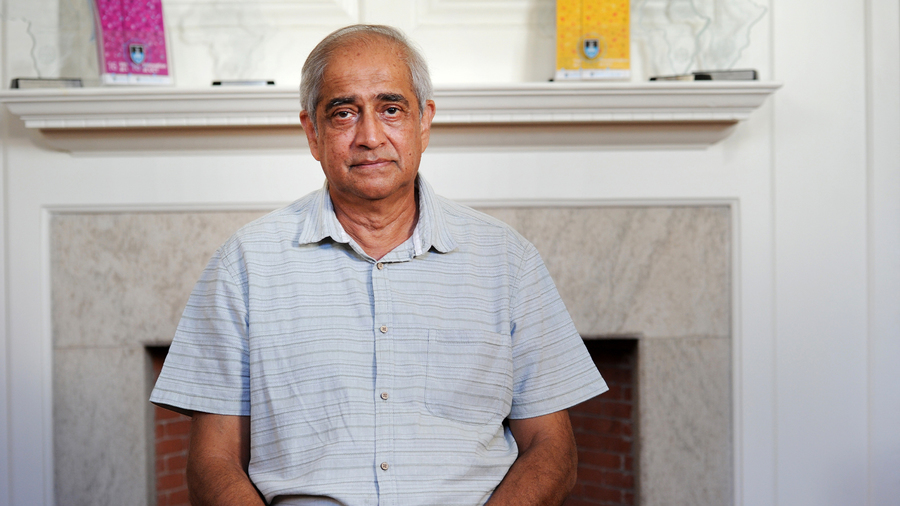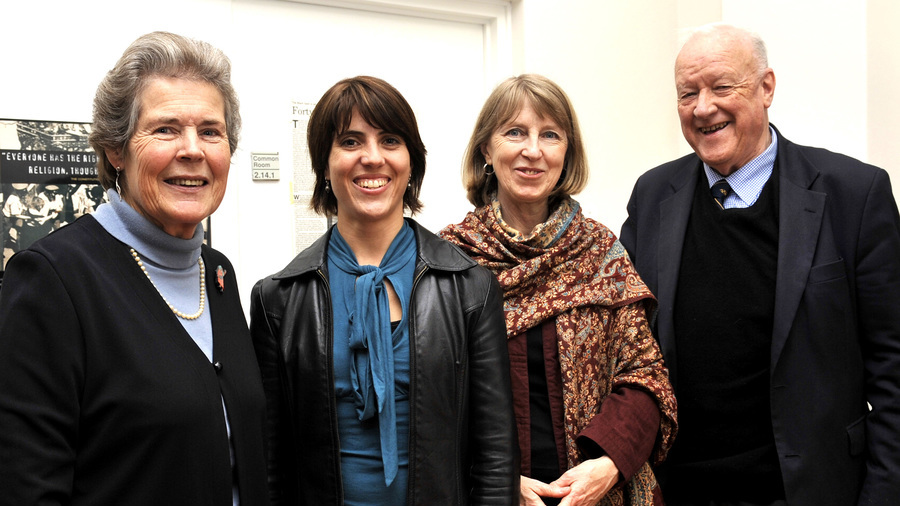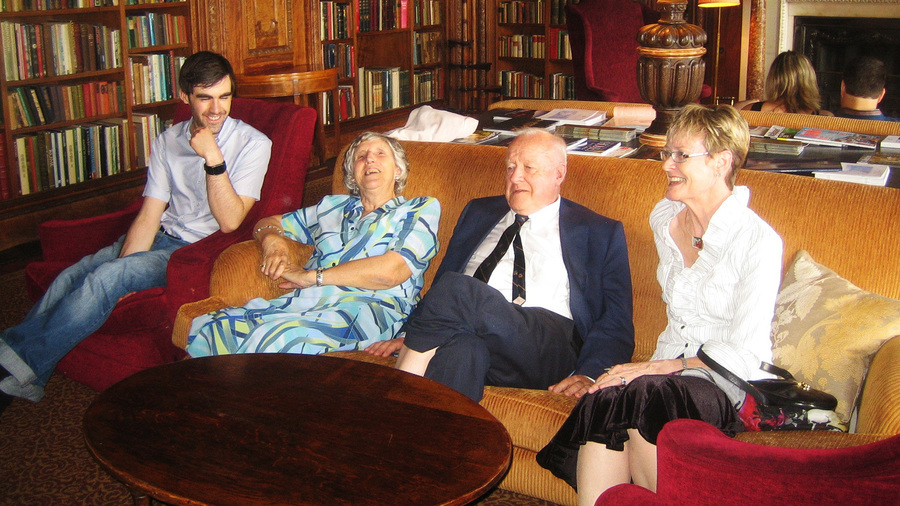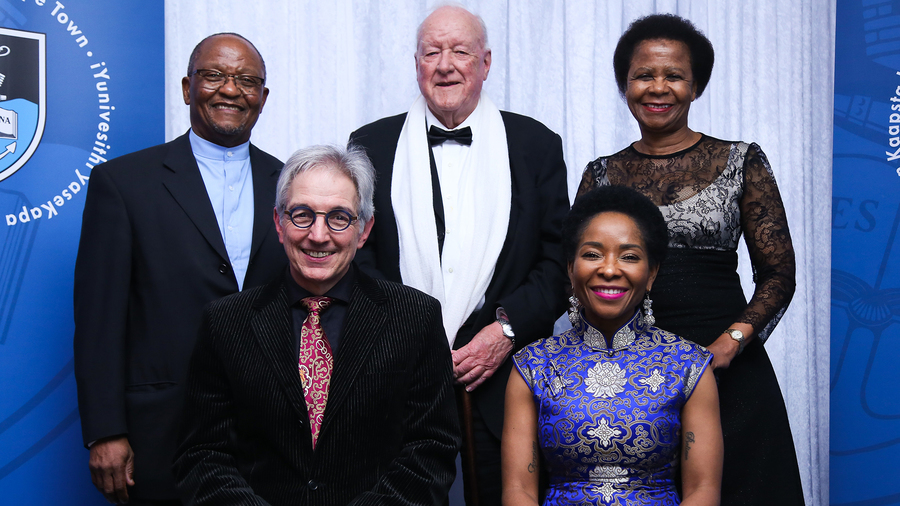A cardiologist remembers student days in the ‘Saunders Firm’ at Groote Schuur Hospital
24 February 2021 | Tribute Charles Cannan. Photo University of Cape Town. Read time 6 min.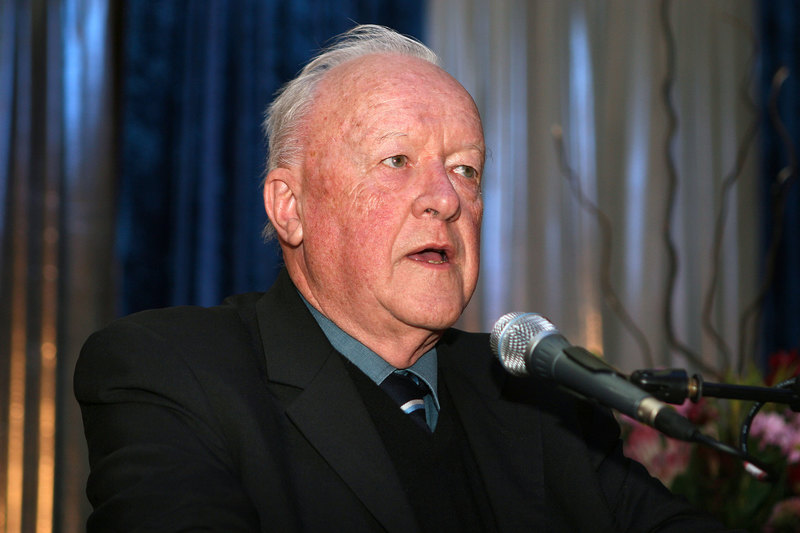
Dr Charles Cannan is a cardiologist who earned his medical degree from the University of Cape Town (UCT) and completed his internship at Groote Schuur Hospital. He completed his residency and fellowship at the Mayo Clinic in Rochester, Minnesota, and now practices in Portland, Oregon, USA. Dr Cannan pays tribute to former UCT vice-chancellor Dr Stuart Saunders, who passed away on 12 February 2021 after a short illness.
I knew Dr Saunders because I was both a friend of his son and a medical student and house officer at Groote Schuur Hospital. Many wonderful memories of those days come back to me. I would like to share a few that I have always kept with me.
In my sixth and final year as a medical student my group was assigned to the “Saunders Firm” at Groote Schuur Hospital for our internal medicine rotation. We were to be active on the wards and work as sub-interns. In the “Saunders Firm” that meant doing medical intake every Friday night.
We would admit all the new patients to the D5 ward and get everything ready for the Saturday morning rounds when Dr Saunders would set aside his vice-chancellor’s hat and enter the ward as a much revered and somewhat feared Professor of Medicine.
A group of us would gather around the patient to be presented, ranging from the senior registrar to the fourth-year medical student and sometimes a visiting student, usually from Germany.
“Dr Saunders would usually listen intently, his face never betraying whether he agreed or disagreed.”
It fell to the sixth-year to do the presentation. Dr Saunders would usually listen intently, his face never betraying whether he agreed or disagreed. We would usually dig ourselves deeper and deeper into a hole as things went on. Over time I learned that the upward movement of his eyebrow was a slight giveaway that we were not on the right track. He would check the physical signs we would claim to have elicited and then turn and ask the differential diagnosis and what our management was going to be. The questions usually started with the junior medical student going up the chain of command as one by one we had no answer. Our long preparations through the night were often shot down by his astute observations and years of clinical experience.
However, as time went by, we improved and the question we couldn’t answer would take longer to arrive. But there was always a time when none of us had an answer to one of his questions.
Once, after a particularly tough patient’s details had been gone over, he asked me: “Mr Cannan,” (one was never addressed as doctor) “what do this patient and Blyvooruitzicht have in common?”
We were clearly all stumped, even our arrogant, know-it-all senior registrar. After letting the silence sink in for a bit, Dr Saunders said: “They are both gold mines, Mr Cannan – the amount of clinical knowledge you will learn from this patient is immense!”
Determined to do better, my fellow sub-I, Chris, and I stayed up the next Friday night dotting the i’s and crossing the t’s on the patients we would present. In the morning, after Chris had presented a rather long and eloquent assessment of his patient, Dr Saunders stood quietly for a bit. Aha, I thought, at last he will give us due credit for a job well done. Dr Saunders looked long and hard at Chris and, raising an eyebrow, said: “What you say, Mr Butler, is generally correct, but it is loose Mr Butler … and loose lips, Mr Butler, sink ships!”
“I will always be grateful for what Dr Saunders taught me about the art of medicine, and about humility.”
We felt that sneaking down to Bob’s on Obs on the main road of Observatory below the hospital for a few beers between midnight and 02:00 might have put us slightly off our game that day. Undeterred, we vowed that next Saturday morning we would triumph.
That next Friday night we admitted a patient with infective endocarditis. We worked him up tip to toe. We read all the literature we could. As was our modus operandi, I arranged that Dr Saunders’ son, John, call me to let me know when his father was leaving the house. We would be ready and waiting!
Bang on time, Dr Saunders walked through the door and we took him to the patient. We had even starched and ironed our white coats. I presented the case, the history, the physical findings, the differential, the management, the prognosis. Through all of this, Dr Saunders said nothing, but I was relieved to see no movement of the eyebrows.
The crowning glory of my presentation was reviewing the Duckett-Jones criteria for the diagnosis of infective endocarditis. Even Dr Behari, our all-knowing registrar, gave me a barely perceptible nod of approval. Finally, I stopped. Dr Saunders was silent, staring straight ahead. He turned and looked at me and said: “The Duckett-Jones criteria ... Would those be the Ducketts who live in the Darling area?” Once again I had no reply.
I will always be grateful for what Dr Saunders taught me about the art of medicine, and about humility.
His teaching is still with me to this day.
Charles Cannan
 This work is licensed under a Creative Commons Attribution-NoDerivatives 4.0 International License.
This work is licensed under a Creative Commons Attribution-NoDerivatives 4.0 International License.
Please view the republishing articles page for more information.
Dr Stuart Saunders
1931–2021
The University of Cape Town (UCT) hosted an online memorial service for former Vice-Chancellor Dr Stuart Saunders on 24 February. Dr Saunders was a dedicated servant, steward and supporter of UCT. He passed away on Friday morning, 12 February 2021.
Stuart John Saunders was born in Cape Town, South Africa, on 28th August 1931. After graduating MBChB with honours in 1953 at the University of Cape Town, he did post-graduate research at the Royal Postgraduate Medical School at Hammersmith in London and at Harvard University. He received the degree of Doctor of Medicine in 1965 (University of Cape Town). He began his administrative career as the University of Cape Town’s Head of the Department of Medicine (1971-1980) and was co-founder of the university’s Liver Clinic & Liver Research Unit (a field in which he wrote some two hundred articles and co-authored a study that has become a classical reference). He was Vice-Chancellor from January 1981 to August 1996.
You are welcome to send your tributes, or share your memories – and these will be shared on this page.
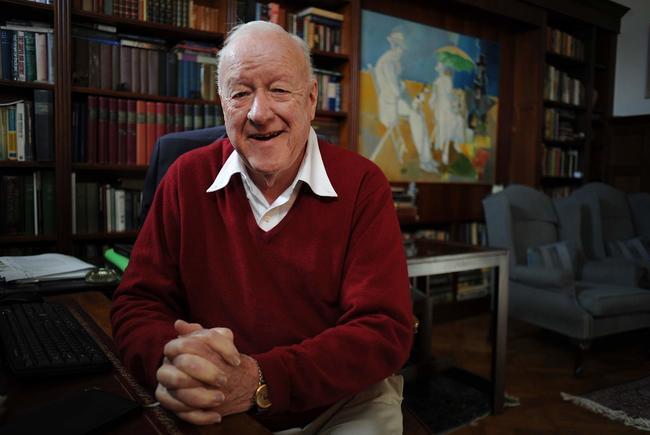
Specialist physician and former UCT vice-chancellor Dr Stuart Saunders has passed away. Saunders will be remembered for his servanthood, stewardship and support of the university over decades.
15 Feb 2021 - >10 min readTributes
Announcements
Media releases
Related articles
